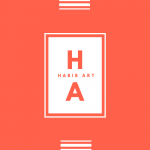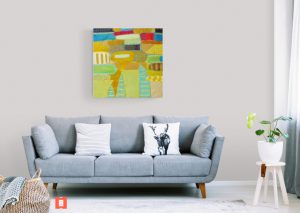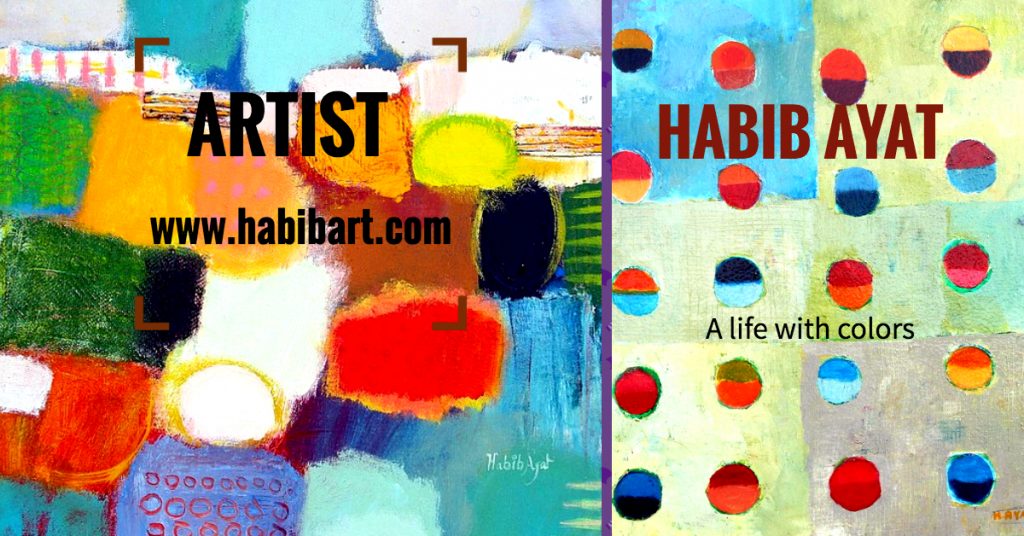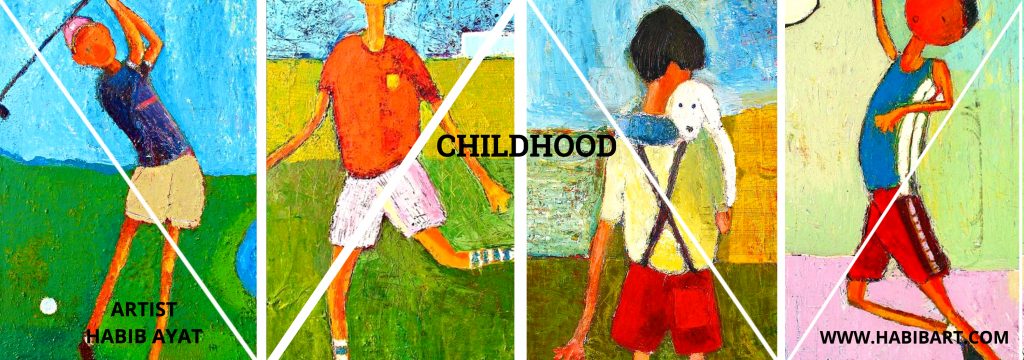13 tips for writing an artist statement
Regardless of how individuals get some answers concerning you or your art, any individual who’s keen on realizing more will start searching for data, generally on the web, and for the most part on search engine
This is the place your artist statement or “about my art” segment on your site or web-based social networking pages comes in. Regardless of whether you like articulating your art, it’s something you need to face at some point or another.
Why? Since you’re the one in particular who knows the full story. In view of that, here’s 13 tips for writing an artist statement that individuals can comprehend, relate to, and appreciate…
1/ Keep it short.
A decent artist proclamation presents your art quickly, so perusers can in a split second gander at, interface with, and make the most of your work in more important manners than they could when they originally looked at it. 150 to 250 words (about a large portion of a composed page) is all that anyone could need substance to get the central matters across in the vast greater part of the statement.
2/Keep it basic.
All individuals need is a fundamental presentation and comprehension of your art. You presumably definitely realize what inquiries individuals will in general pose to you the most and what answers work best. Incorporate that data and you’ll be looking incredible so far.
3/Compose for absolute outsiders.
On the off chance that you resemble most artists, you need to grow your fan base. Individuals who definitely know and comprehend your art needn’t bother with assistance, or on the off chance that they do, they realize how to get it. Individuals who are new to your art do require help. They are the ones you need to compose for and connect with.
4/Ensure anybody can comprehend your announcement.
Write in standard ordinary language and dodge art words or language that lone perusers with art training know about. No one can really tell who can possibly turn into a fan, a supporter, a promoter, and particularly a purchaser. A straightforward artist articulation expands the odds of those things occurring.
5/Welcome individuals to your art.
Show readers, you care about interfacing with them and need to ensure they have a fundamental sense or feel for your work.
6/Make it conversational.
Compose like you’re remaining close to the peruser and conversing with them about your art. That implies writing in the main individual, not the third individual. Use “I”, “me” and “my” when alluding to yourself, and not “he”, “she” or “they”.
7/Answer the inquiry.
“How might this benefit me, the peruser?” People who see that there is something in particular about your art they can relate to will invest more energy in looking and finding out about it than individuals who don’t.
8/Remain positive.
Individuals consider your announcement while taking a gander at your art. You need their encounters to be sure. For instance, instead of stating something like “My art is tied in with affliction and abuse,” say “My art is tied in with stopping enduring and mistreatment.”
9:Separate your art from all other art.
Discussion about its elusive worth or centrality. What makes it exceptional? What makes it one of a kind? What does it have that comparable-looking art doesn’t?
10/Discussion about the “more” of your art.
Notwithstanding looking at the manner in which it does, what does it depend on or speak to or represent or mean? It ought to be 100% about your art and nobody else’s. Referencing other artists’ names in any capacity removes consideration from you and spotlights it on them.
12/Give perusers complete opportunity to encounter, appreciate, decipher, and draw in with your art.
Discussion about what your work intends for you as opposed to mentioning to individuals what it should intend to them, how they should take a gander at it, what they should think about it, and so on.
13/Try not to evaluate your art. Spare that for the pundits and analysts.
The motivation behind a decent articulation is to present or clarify your art, not to abstractly pass judgment or assess it. Focus on what matters.
On the off chance that you can’t compose or experience difficulty communicating your art in words, have an art author compose your announcement for you. Numerous artists experience issues putting the essential data, hugeness, or importance of their art into words. In case you’re one of those, contemplate employing an expert essayist to help.






